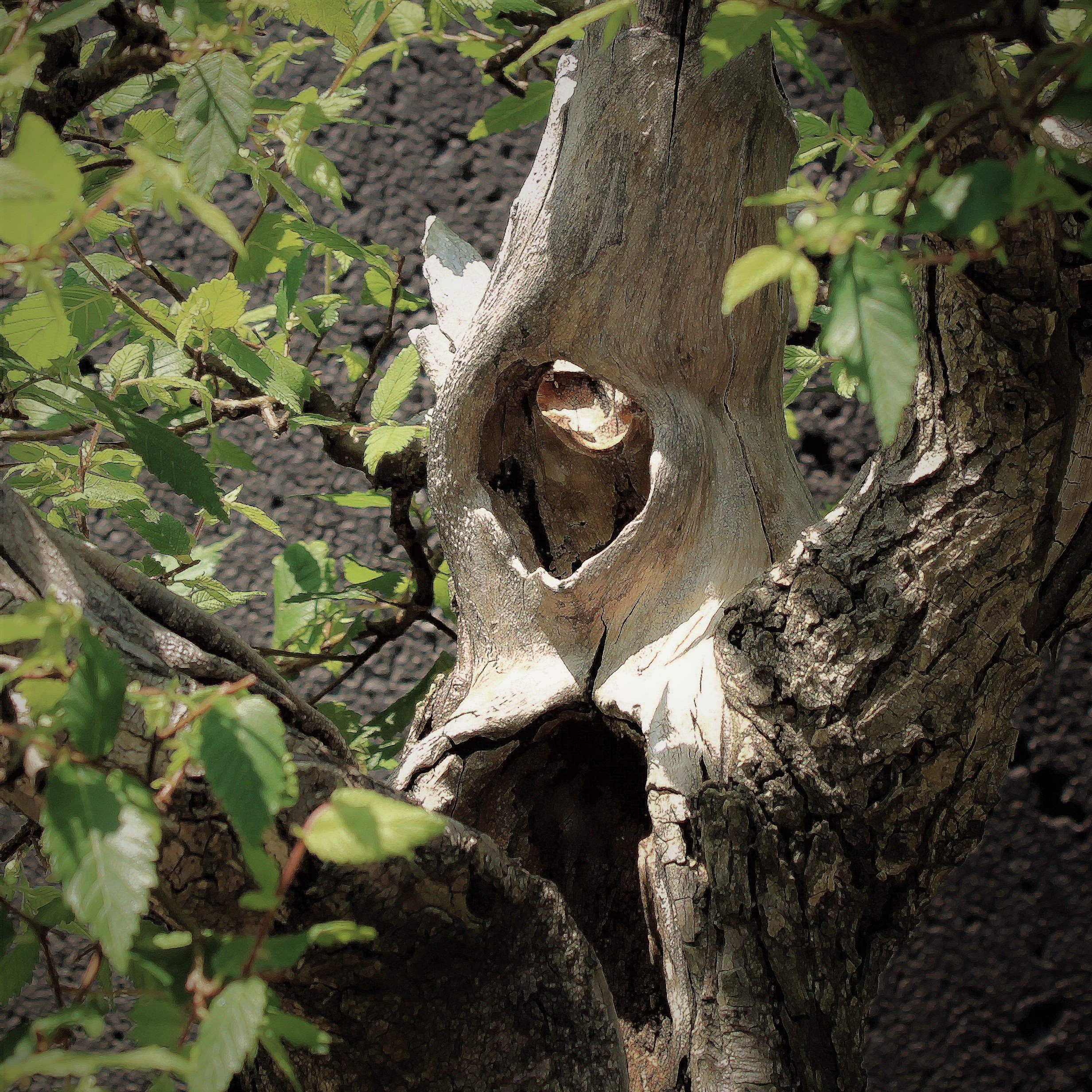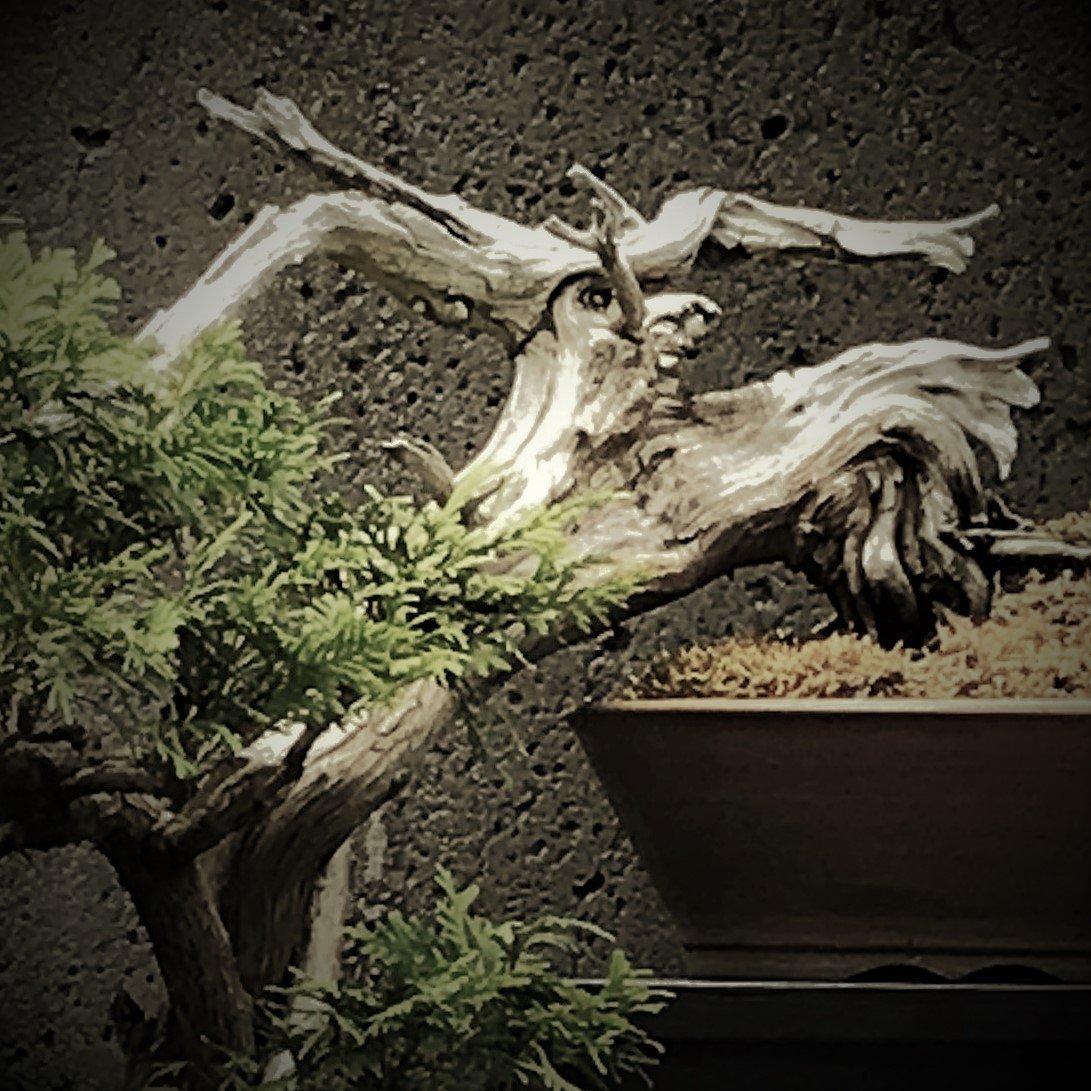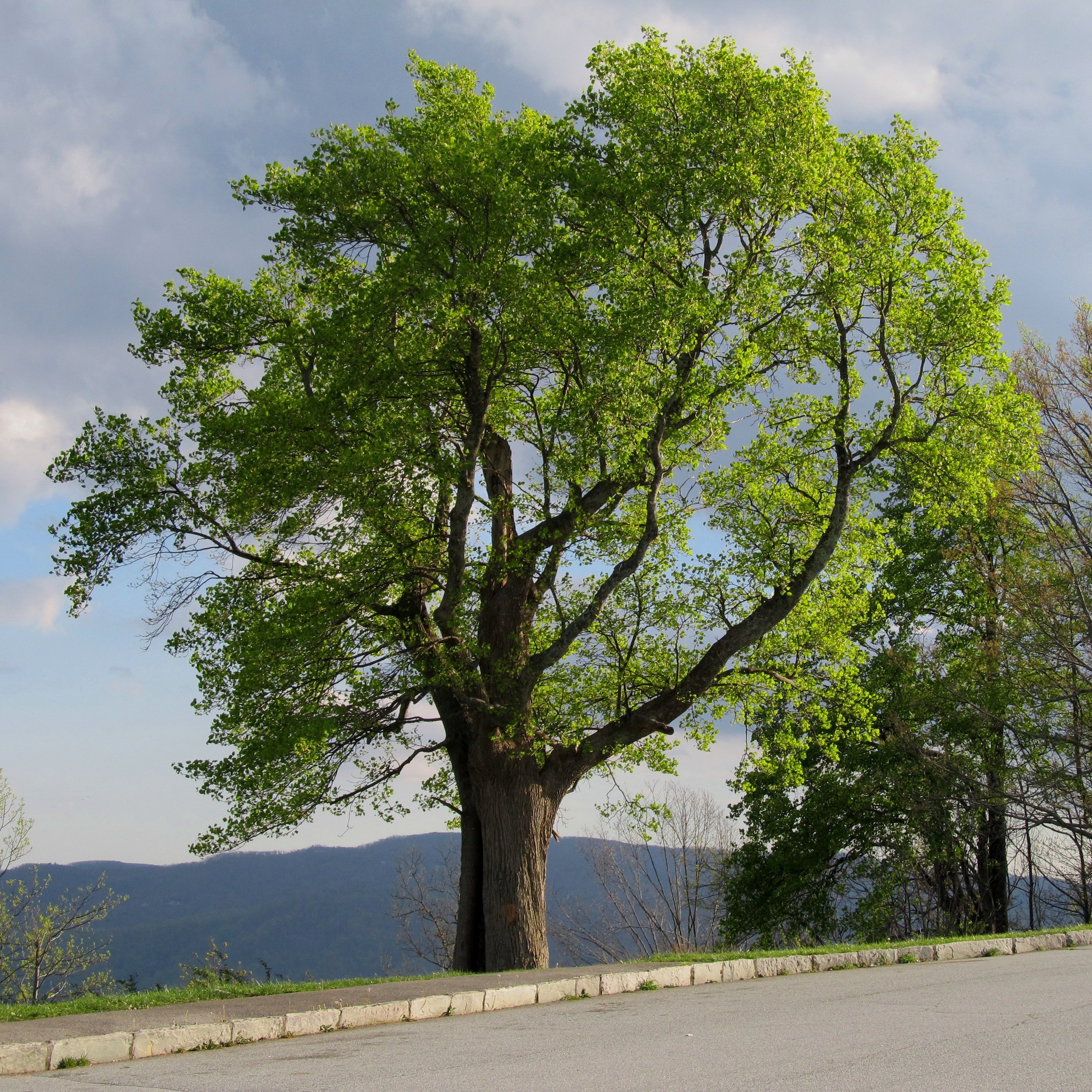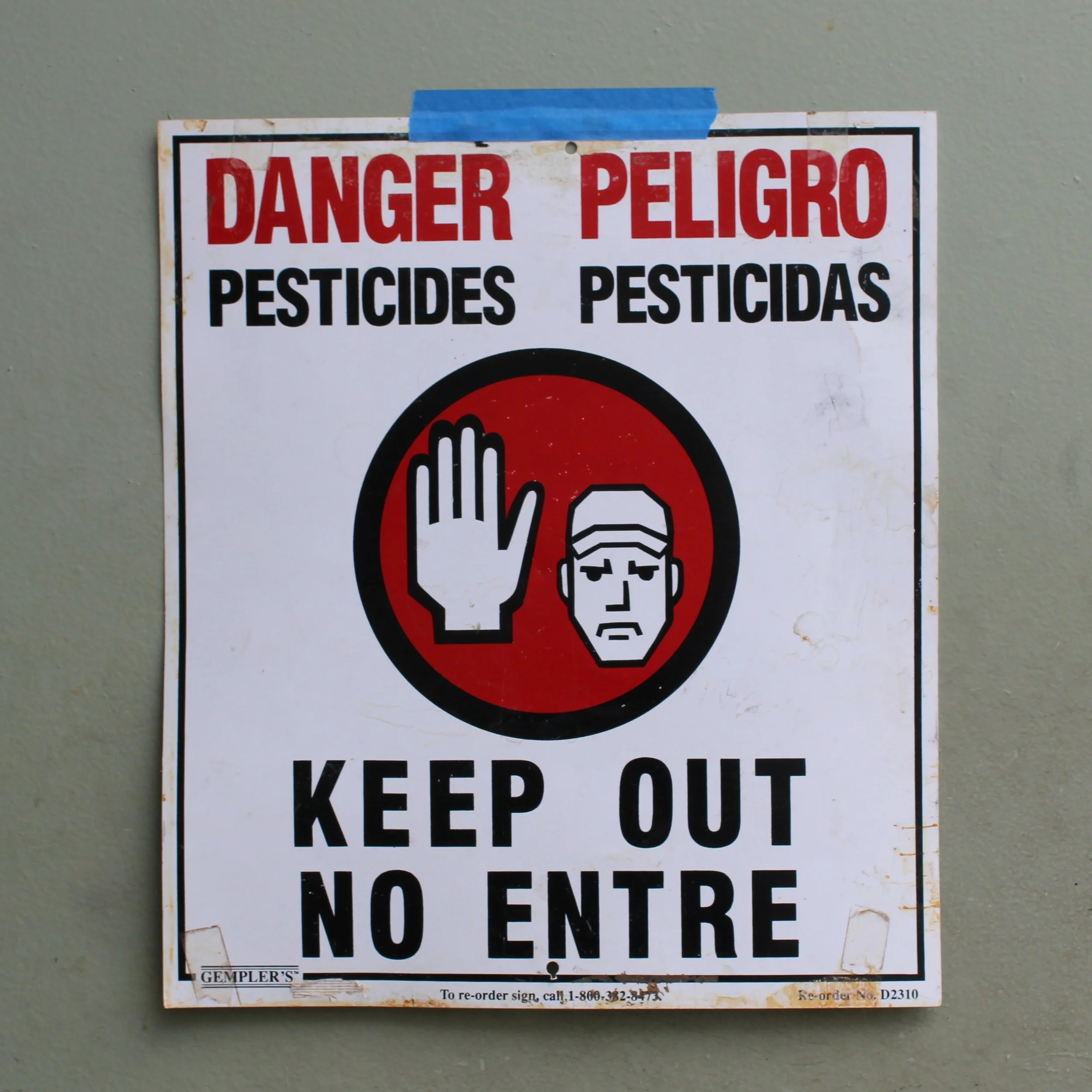Without the benefit of enormous size to indicate great age, most people would not necessarily recognize an old tree. It is another matter altogether to believe a tree no taller than yourself, with a trunk diameter no greater than the size of your leg, might be several hundred years old or more. Yet these trees do exist. Their size may not announce their age, but close observation of their appearance can reveal them.
Read MoreWhen I found a lone American elm growing in a small plastic pot among the excess plants in the Arboretum's nursery, it had immediate appeal. The idea of making a bonsai out of a species so well known and badly troubled seemed a novelty, and at the very least it gave me the opportunity to protect this one individual tree. Though nothing about that particular elm, little more than a stick in a pot, suggested it would in any way make a good bonsai.
Read MoreThe telling of this particular tree's story should make one point plainly clear: It takes time to build a bonsai. Woody plants, even vigorous growers like American elms, develop at a rate most people find rather slow. On top of that the ability level of the person attempting to do the training of the plant has to be taken into account, and then come the hazards of chance along the way. Many plants are aimed for a bonsai future, but few actually make it.
Read MoreNovember is a busy month in the world of bonsai here at the Arboretum, and for us the activity still has everything to do with the impending arrival of winter. Bonsai are still on display in the garden at the start of the month and will remain so until sometime near the month's end. Then the benches will be cleared off and the bonsai put into their winter quarters.
Read MoreBeing in nature is a multi-sensory experience, with things to see, hear, smell, taste and touch. Out of this experience comes a feeling, and born of this feeling is the desire to communicate its meaning to others. It was for this very purpose that humans invented art, in all its varied forms. I think bonsai at its roots is an attempt by humans to express to other humans an experience of nature. That must have been how it began.
Perhaps the most compelling physical feature of old trees is irregularity. Old trees are often crooked, bent, twisted, lumpy, asymmetrical and missing parts. These characteristics are the results of struggles with an unending variety of challenges faced by the individual tree over the course of a long lifetime.
Read MoreIt bears noting that the best way to know the age of any tree is to count its annual growth rings. If a tree has been cut down this task is relatively easy. On living trees a core sample can be taken using a tool called an increment borer, and the rings can be counted in the wood collected in the sample. This is not so easy to do and involves drilling a hole into the living tree. A good starting point is to look at a certifiably old tree and study its characteristics.
Read MoreAs a grower of ornamental plants, I welcome October. Right now, a good many of the plants I grow look worn out, their leaves spotted and dull. Soon, though, they will look briefly spectacular, ablaze in an array of seasonal color: purplish red into orange and rust, pale yellow into mustard and gold. Ours is a diverse bonsai collection that abounds in deciduous species and we can put on a great show in October.
Read MoreAll old trees have struggled to some extent, because life is as full of hazard and difficulty for trees as it is for people, and the longer one sticks around the more it wears on that individual, and the more that individual wears the effects of it. Time takes its toll. The little everyday struggles of life add up.
Read MoreAlthough our trees are much beloved by the visitors who come to see them, they are nonetheless scrutinized and critically evaluated every day, because they are being shown. They are indeed presented as art objects, but they grow right where they are displayed and are not divorced from their natural context. The work done to enhance their aesthetic appeal can never be in conflict with their horticultural needs.
Read MoreI forgot that I was looking at little Chinese elms growing in a shallow container and instead imagined them to be big buckeyes and yellow birches growing among the boulders on a windblown ridgeline. The tray landscape looked that believable to me. This seems implausible even as I write it.
Read MoreAlong with an appreciation of the virtues of native plant material came a growing appreciation of the native landscape in which those plants originated. And in contemplating the natural native example, ideas about the cultivated landscape began to change. Now you can also find more naturalistic gardens featuring plants native to the region where the garden exists.
Read MoreFor those of us in the bonsai game, September brings relief in two critical areas of concern: watering needs and rampant plant growth. Through the heat and glare of summer nearly every bonsai needed water nearly every day that it didn't rain; as we move into September there will be days when just a few plants here and there need "touching up" and there will be time to do a little catching up.
Read MoreThis humble but durable little tree has a poetic name: Golden Heart. It can be said, and not inaccurately, that this poetic name refers to the beautiful golden yellow color the tamarack turns every autumn. A quietly glorious sight to see. This bonsai is called Golden Heart for another reason, though, and it is something few people know about.
Read MoreHow did age get to be such a big part of people's general conception of bonsai? There are bonsai trees that are authentically hundreds of years old, and that sort of information makes an impression. People are fascinated by longevity, particularly if the age is beyond that which any person might expect to attain in a lifetime.
Read MoreTrees are and always have been a subject of heightened awareness for me, and so I notice them. I notice them every day wherever I happen to be, and the notice is automatic, not necessarily conscious. I think about trees a lot, too, but often when I’m looking at them my response has more to do with feelings than words, emotion rather than intellect.
Read MoreDespite the heat the plants are still growing. Some bonsai have already been pruned half a dozen or more times this year, but they are still growing and will need to be pruned again. Grow and cut and grow and cut and grow and cut. We practice what can be thought of as "pruning from the outside." That is, we are focused on appearances.
Read MoreIn Creating a Tray Landscape, the latest in our five-part docuseries, Arthur again takes a landscape from inspiration to completion. He creates a new planting featuring a lone weathered hornbeam and woody shrubs assembled with sculptural rocks on a natural stone slab. It makes for a scene evocative of the craggy Southern Appalachian highlands.
Read MoreAunt Martha's Magic Garden was put together in a public demonstration. Twice. The first time was in spring of 2008. We had received the donation of the hinoki bonsai in early 2006, so there had been two years to get to know it, to look at it and think about it. I had decided the best way to utilize the tree was as the centerpiece of a tray landscape.
Read MoreIt’s often our tendency when faced with a plant that looks unhealthy to reflexively think, What can I spray on it? One of the greatest dangers inherent in the use of chemical pesticides is that they are relatively cheap and easily available to anyone, regardless of the competence, intelligence or sanity of the buyer. These are dangerous and often lethal substances that can be purchased in quantity at the nearest big-box hardware store.
Read More


















